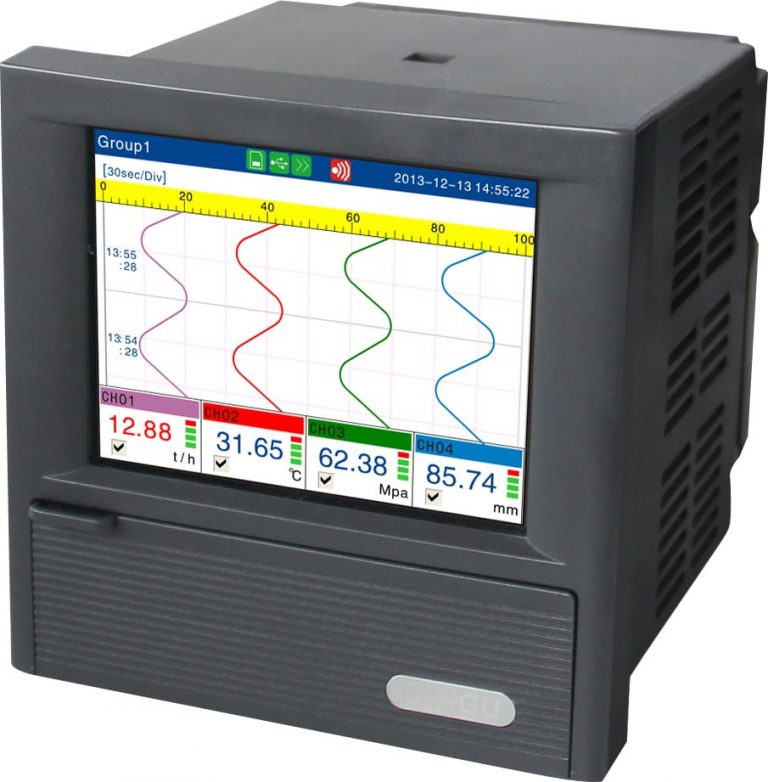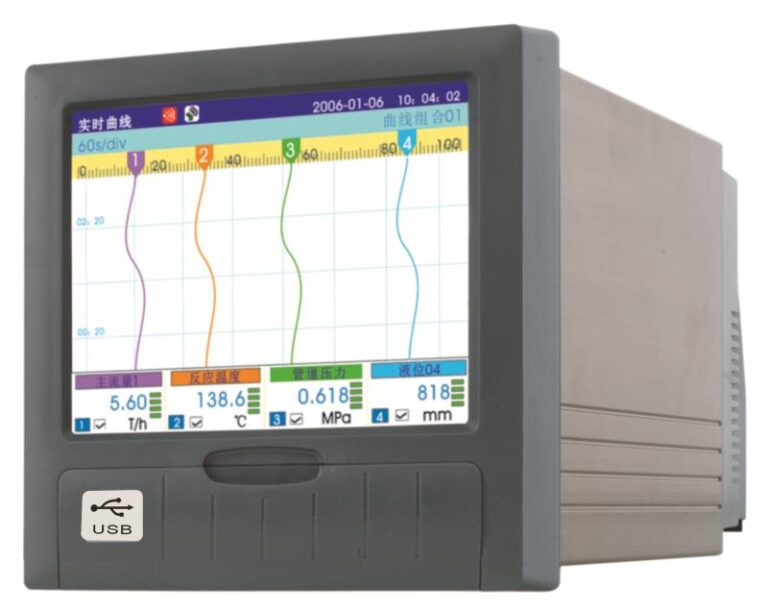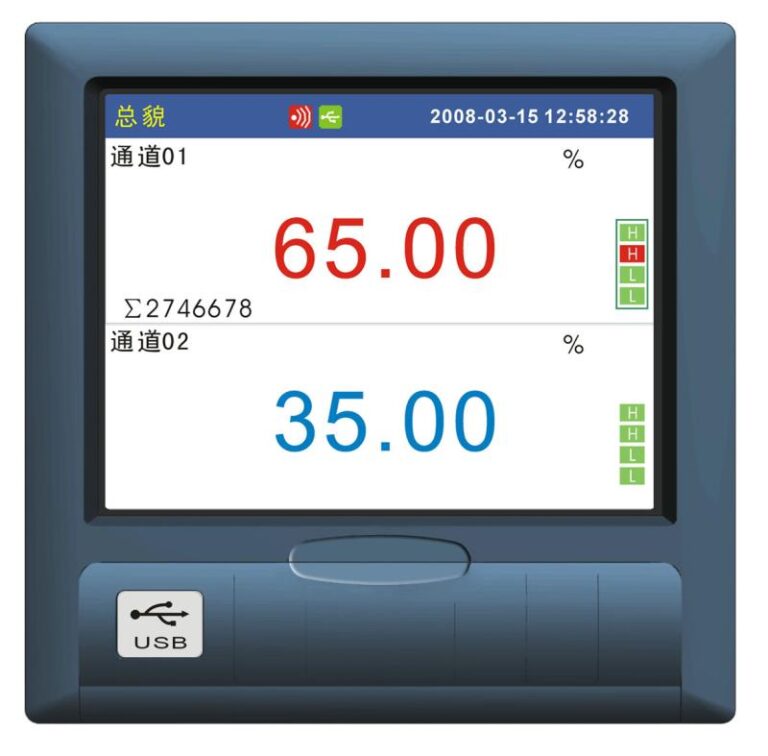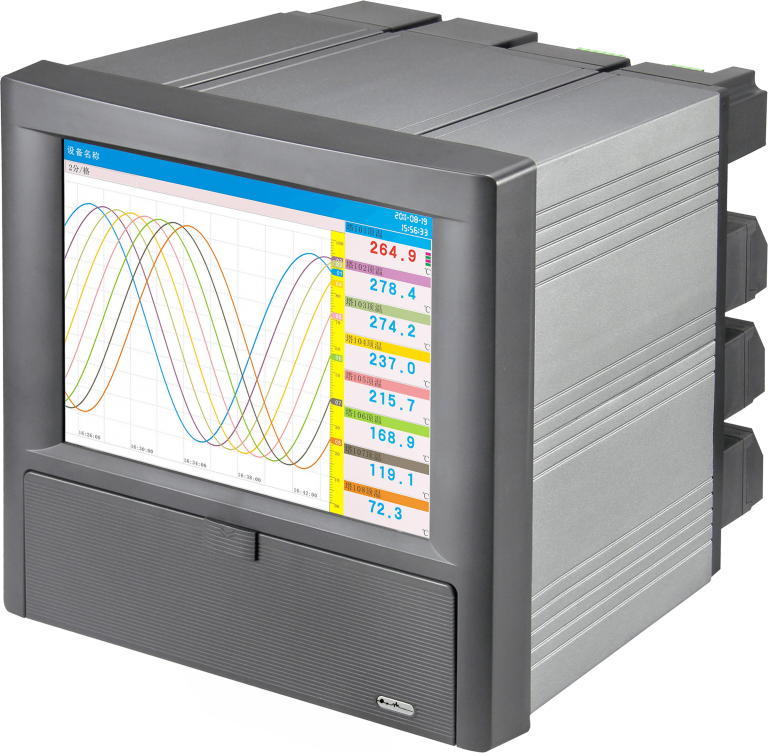In various fields such as industrial automation, pharmaceutical production, and environmental monitoring, paperless recorders have gradually replaced traditional chart recorders due to their powerful data acquisition, storage, retrieval, and analysis functions. As the “data black box” of production processes, the accuracy, reliability, and integrity of the data recorded are paramount. To ensure this “trustworthy” data, regular calibration and testing are indispensable core components.

Why Do Paperless Recorders Need Calibration?
Like any electronic measuring instrument, the core components of a paperless recorder—its sensors and signal processing circuits—can experience performance drift over time. This drift can be caused by environmental changes (such as temperature, humidity, and electromagnetic interference) and aging of components. Such drift may lead to discrepancies between the recorded data and the actual physical quantities. Without calibration, the data collected by the recorder loses its reference value, potentially affecting process optimization, quality control, and, in more severe cases, production safety or product nonconformance. The primary goal of calibration is to correct these deviations by referencing national or international standards, ensuring that the recorder’s output data is “accurate.”

Key Components of Calibration and Testing
Calibration of a paperless recorder is a systematic process that primarily involves the following key aspects:
Basic Error Calibration: This is the foundational step of the calibration process. Standard devices (such as high-precision signal sources, standard temperature sources, and standard pressure generators) are used to apply a series of standard values (e.g., 0%, 25%, 50%, 75%, and 100% of the range) to the recorder’s input channels. The recorder’s display values are then measured, and the maximum deviation between the display and standard values is calculated to determine if the error falls within the allowable range.
Hysteresis (Lag Error) Detection: This test examines the differences in the recorder’s displayed values at the same measurement point during the input’s upward and downward movement. It reflects the instrument’s mechanical or electrical sensitivity and repeatability. A high-quality paperless recorder should exhibit minimal hysteresis.
Accuracy of Recording Channels and Paperless Recording Speed: Although “paperless,” the recorder’s “recording” function is reflected in its internal data storage and timestamps. Calibration of the internal clock is required to ensure the recording time intervals match the set values. This step is crucial for analyzing dynamic processes.
Insulation Resistance and Anti-Interference Testing: In industrial environments, electromagnetic interference is common. The insulation resistance between channels and between channels and ground must be tested, along with an evaluation of the recorder’s performance under common-mode and differential-mode interference, ensuring stable and accurate operation in harsh environments.
Software Function and Data Security Verification: The calibration process also includes verifying the recorder’s software functionalities, which distinguish paperless recorders from traditional instruments. The verification steps include:
Data Storage and Export: Ensuring data is stored and exported correctly.
Alarm Function: Confirming that the alarm setpoints match the actual trigger values.
System Clock: Verifying the accuracy of time settings and recorded data.
Data Encryption and Integrity: Ensuring that stored data is protected from unauthorized modifications.

Standard Calibration Process and Cycle
A standard calibration procedure follows these steps:
Visual inspection
Power-up check
Performance tests as per calibration regulations
Data processing and error calculation
Issuance of calibration certificates/reports
Necessary parameter adjustments
The recommended calibration cycle is usually one year. However, for critical processes, harsh environments, or situations requiring highly accurate data, the calibration cycle may need to be shortened.

Conclusion
Paperless recorders are the “data cornerstone” of modern industry. Their calibration and testing are not simple “point testing” tasks; instead, they are comprehensive quality assurance activities involving electrical, thermal, time-frequency, and software functionalities. Only through scientific, rigorous, and regular calibration can we ensure that every data point recorded by these “silent observers” is truthful and reliable. This, in turn, provides solid data support for safe production, quality enhancement, and decision-making processes.
